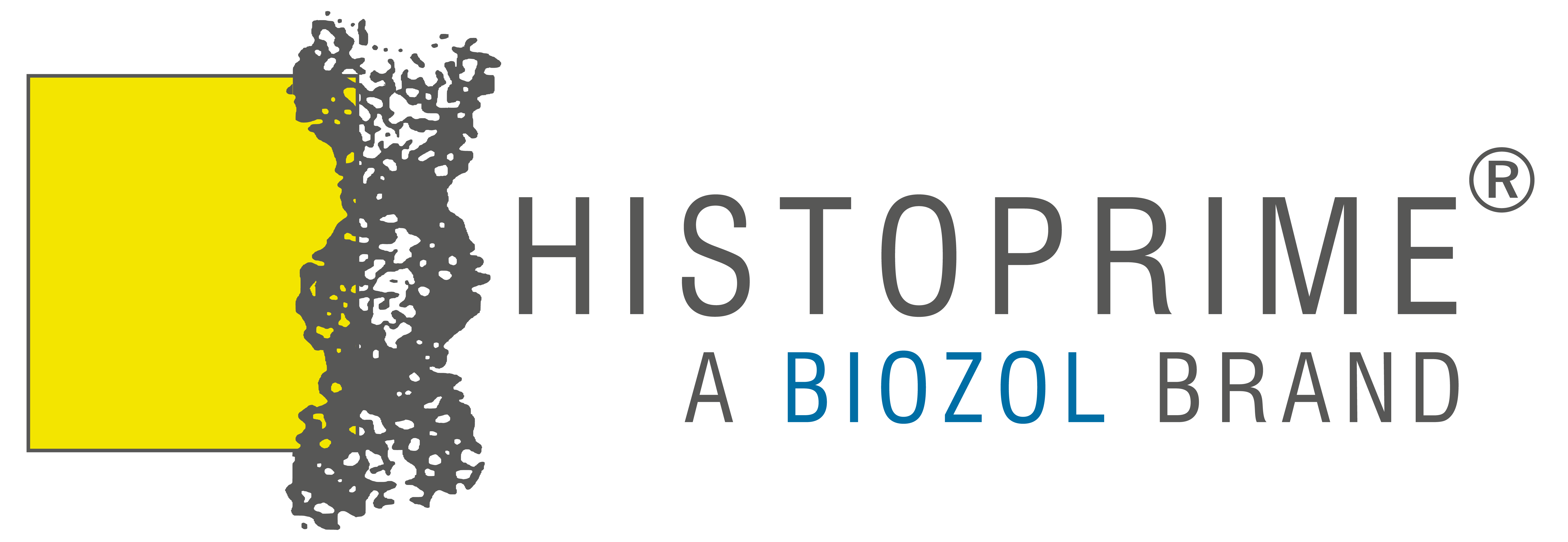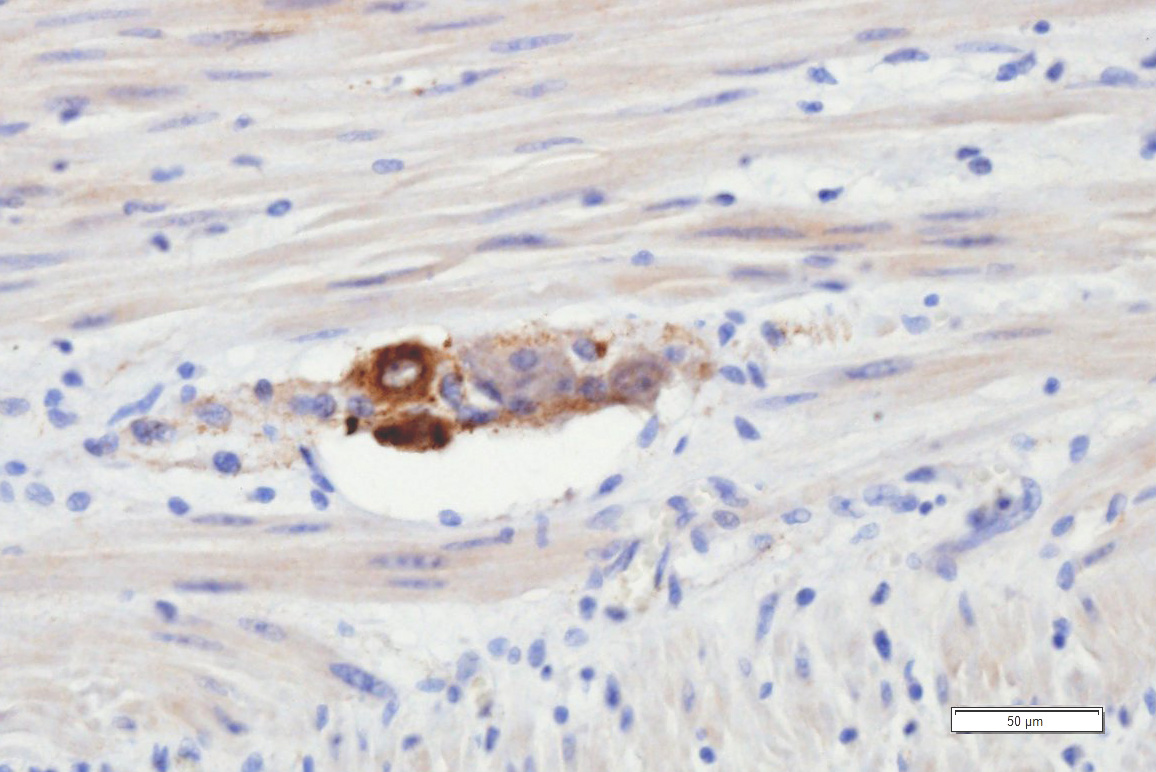Mouse anti-Human Chromogranin A (unconjugated), Clone LK2H10, IgG1, Ready-to-use
Ready-to-use Antibody for Immunohistochemistry
Background
Hormone-producing organs and various hormone-producing cells in non-endocrine cells form the endocrine system. These hormone-producing cells are also referred to as the “diffuse neuro-endocrine system” (DNS)1, in which biogenic amines are both stored and decarboxylated (APUD concept)1. Although there are major functional differences among DNA cells due to the production of different hormones, they have in common the presence of chromogranin in the secretory granules.
Initially, chromogranin was identified as the major secretory protein of medullary chromaffin cells of the adrenal gland². However, in more recent immunohistochemical studies, it has been recognized as a widespread marker of almost all granule-containing endocrine cells and the tumors arising from them³-6. The behavior of tumor staining is proportional to the number of secretory storage granules present. Most endocrine tumors exhibit strong staining with the exception of small cell lung carcinoma, Merkel cell carcinoma, and neublastomas, which (with E001) assume only weak staining.
Synonyms
Chromogranin A
| Specificity | Chromogranin A |
|---|---|
| Species Reactivity | Human, Monkey, Simian, Swine |
| Host / Source | Mouse |
| Isotype | IgG1 |
| Application | IHC-F, IHC-P |
| Clone | LK2H10 |
| Antigen | Human Chromogranin A |
| Quantity | 6 ml |
| Format | RTU |
| Storage Temperature | 2-8 °C |
| Shipping Temperature | 20 °C |

